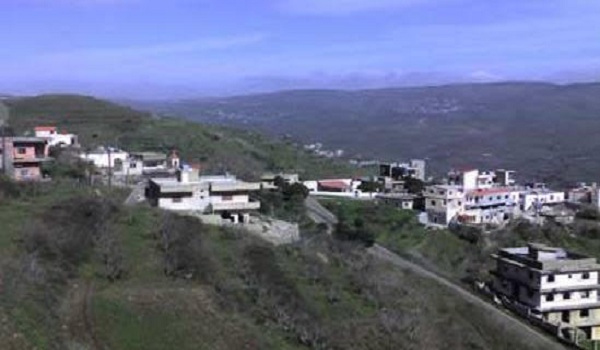Overlooking the villages of Wadi Al-Nadarah in Homs with all its tourist and archeological attractions, including Al-Hosn Fort and Margirgios Monastery, Jabal Al-Sayeh forms the third icon that characterizes the region.
Jabal Al-Sayeh (the Mount of the Pilgrim), which is about 1000 meters above sea level, was mentioned in the book “al-Naserah and Qalat al-Hosn in History” by Raja Al-Hawali. The writer mentioned that the mountain was known as Jabal Al-Bahra’, but its name “pilgrim” is due to an ancient belief that one of the monks, who was called Thomas Homsi came to the region in the sixth century AD and was preaching and guiding people. So he built a hermitage next to a spring on the top of the mountain.
One of the residents said: “There are some ancient religious symbols on the top of the mountain such as “Jeb al-Ras, which is a well of water that was believed to be holy and blessed, as well as the site of Jouret al-Nozour, which is near Jeb al-Ras, where the people of the area used to offer sacrifices.
 The resident indicated that there is a shrine on the top of the mountain that Muslims and Christians visit to prove religious coexistence among the locals. Muslims used to call it Sheikh Muhammad Al-Sayeh shrine, while Christians believe that it is the place of the tomb of the monk Thomas Al-Homsi.
The resident indicated that there is a shrine on the top of the mountain that Muslims and Christians visit to prove religious coexistence among the locals. Muslims used to call it Sheikh Muhammad Al-Sayeh shrine, while Christians believe that it is the place of the tomb of the monk Thomas Al-Homsi.
The “Our Lady” church was built on the top of the mountain, and next to it, the statue of “Our Lady of the Valley was built,” which is the largest in Syria and the region. This gave the mountain more importance as it has become a new tourist attraction for visitors from various Syrian regions.
Amal Farhat

